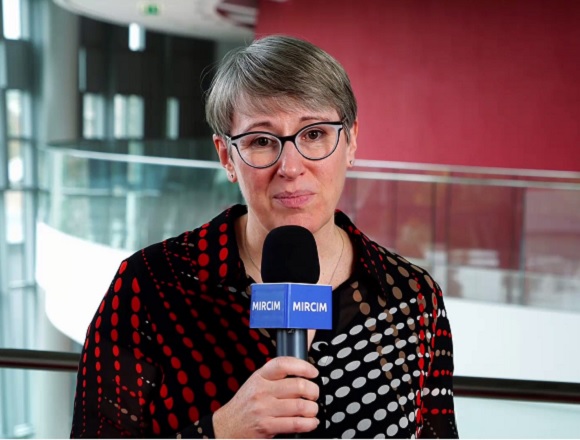Simon Oczkowski, MD, MHSc, MSc, is an associate professor of medicine in the Division of Critical Care at McMaster University.
Which methods are useful in supporting noninvasive ventilation (NIV)?
If there’s a patient on NIV, why support them? There are a few things that I always think about. When you want to keep the patient awake, calm, and comfortable so that they will breathe comfortably, the machine and the interface will all work together well to support this patient. In some patients you can simply apply the device and they will be fine, but many patients are agitated, they’re scared, they have pain. There’s some new and ongoing research about how to support patients best in this [setting].
The first thing, I’d say, is you need to manage the patient’s pain and distress. We do this as we typically do with patients: analgesics, paracetamol, opioids, whatever you need to do to get the patient’s pain under control.
The area that I think is really exciting and promising is the role of sedation and low-dose sedation. In fact, Dr Kim Lewis, who’s at McMaster, just got funding to do a trial called inDEX, which is looking at dexmedetomidine as sedative treatment for patients on NIV. Dexmedetomidine has great promise because not only does it sedate patients but it also maintains their airway reflexes. It also maintains their respiratory drive, whereas many other sedatives tend to reduce your respiratory drive. It’s a very promising supportive treatment. Right now in Hamilton at least, when I think about using that, I recruit patients into the trial. I think no one quite knows the optimal approach, but I think we’re now working towards getting that evidence based.
 English
English
 Español
Español
 українська
українська






